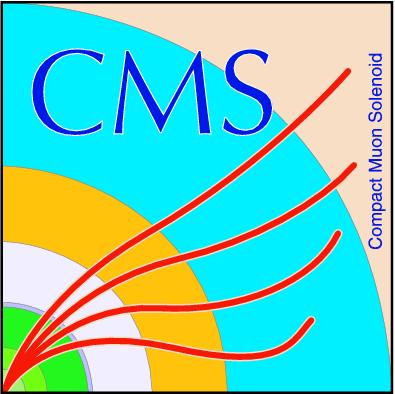
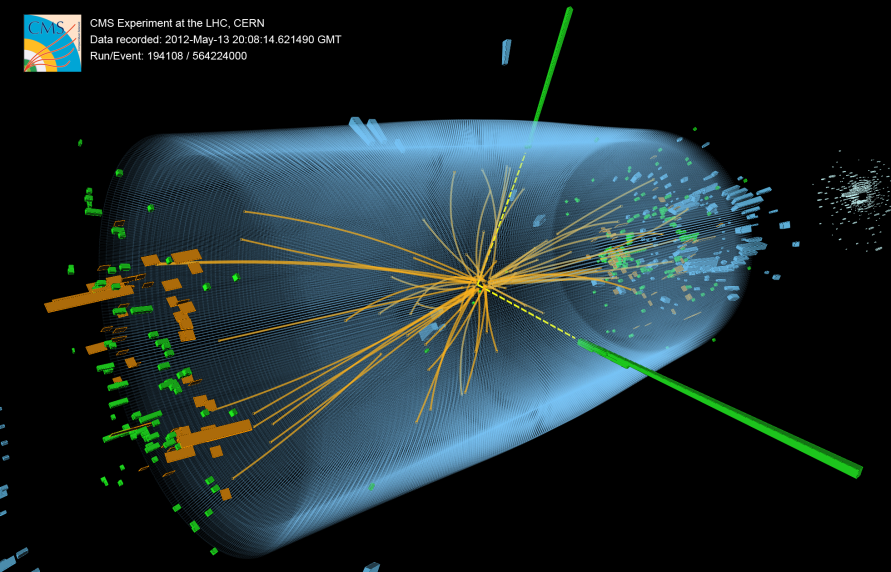
Compact Muon Solenoid
LHC, CERN
| CMS-PAS-SMP-19-005 | ||
| Observation and differential measurement of electroweak production of one photon and two jets in proton-proton collisions at 13 TeV | ||
| CMS Collaboration | ||
| 21 May 2025 | ||
| Abstract: The first observation of electroweak production of a photon in association with two forward jets in proton-proton collisions is presented. The measurement uses data recorded by the CMS experiment at the LHC during 2016-2018 at a center-of-mass energy of 13 TeV, corresponding to an integrated luminosity of 138 fb$ ^{-1} $. The analysis is performed in a region enriched in production via vector boson fusion, with a requirement on the transverse momentum of the leading photon to exceed 200 GeV. The cross section is measured to be 202$ ^{+36}_{-32} $ fb, at a significance with respect to the null hypothesis that exceeds five standard deviations, and in agreement with the standard model prediction of 177 $ ^{+13}_{-12} $ fb. Differential cross sections are measured as a function of various observables. Limits are set on effective field theory operators that contribute to the $ \mathrm{W} \mathrm{W}\gamma $ vertex at dimension-six. The observed 95% confidence intervals for $ c_{W} $ and $ c_{WHB} $ are [0.11, 0.16] and [$-$1.6, 1.5], respectively. | ||
|
Links:
CDS record (PDF) ;
CADI line (restricted) ;
These preliminary results are superseded in this paper, Submitted to JHEP. The superseded preliminary plots can be found here. |
||

|
Compact Muon Solenoid LHC, CERN |
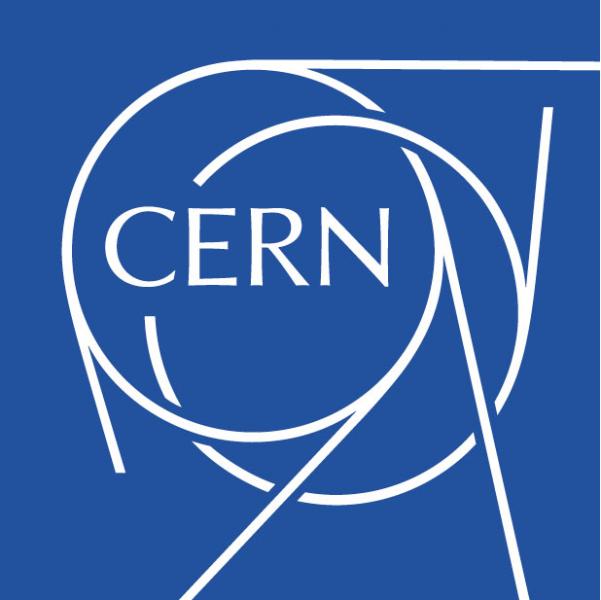
|
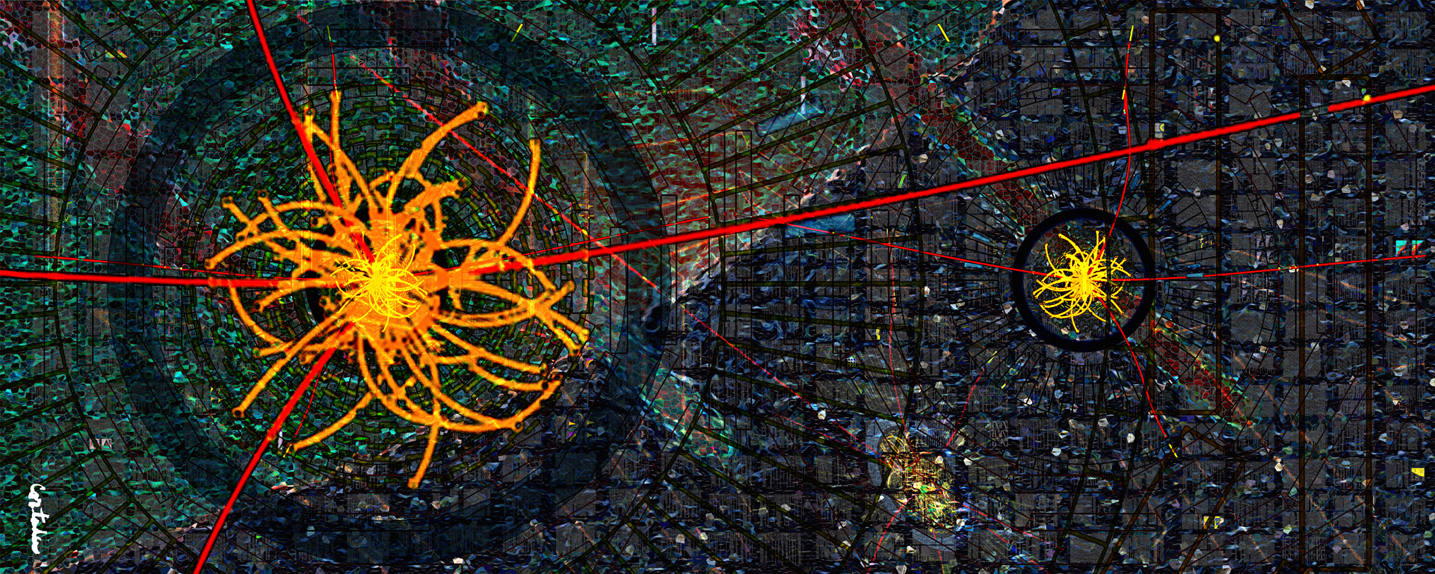
|
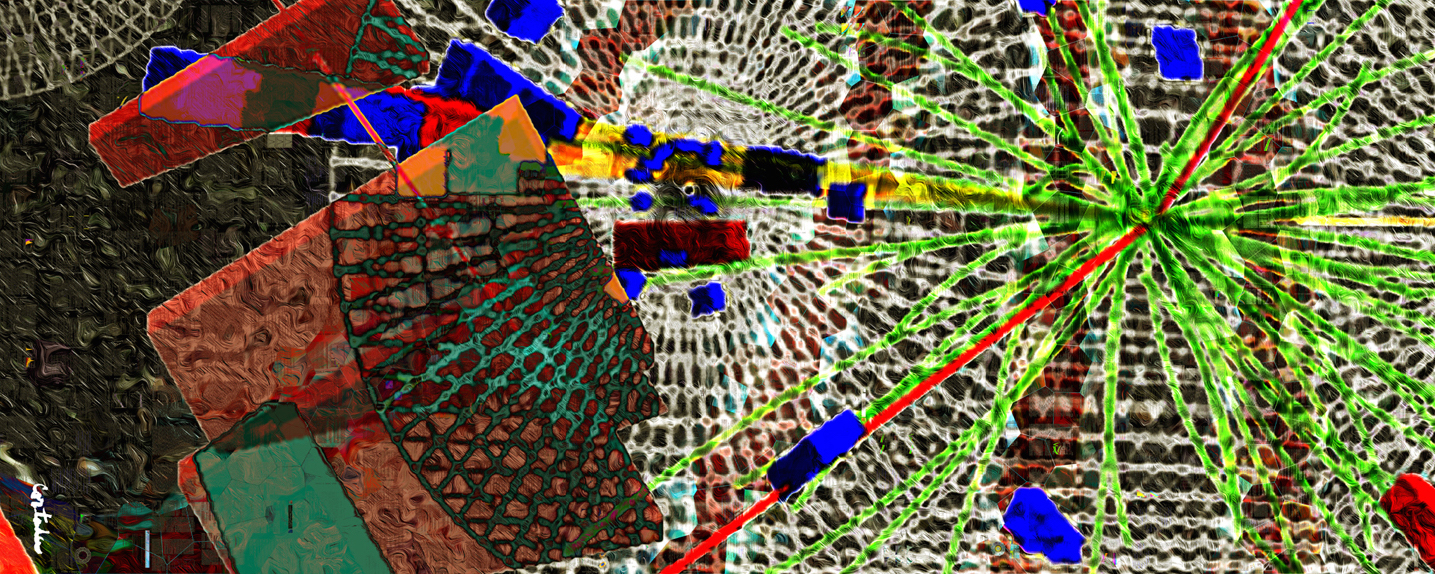
|
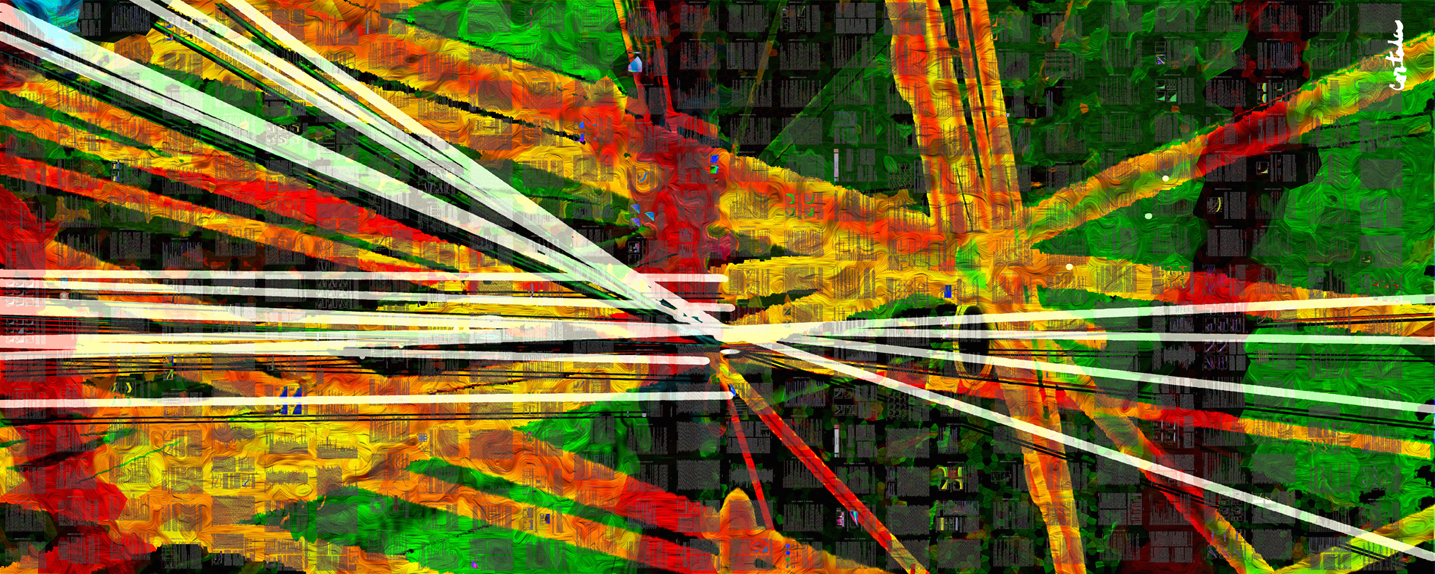
|
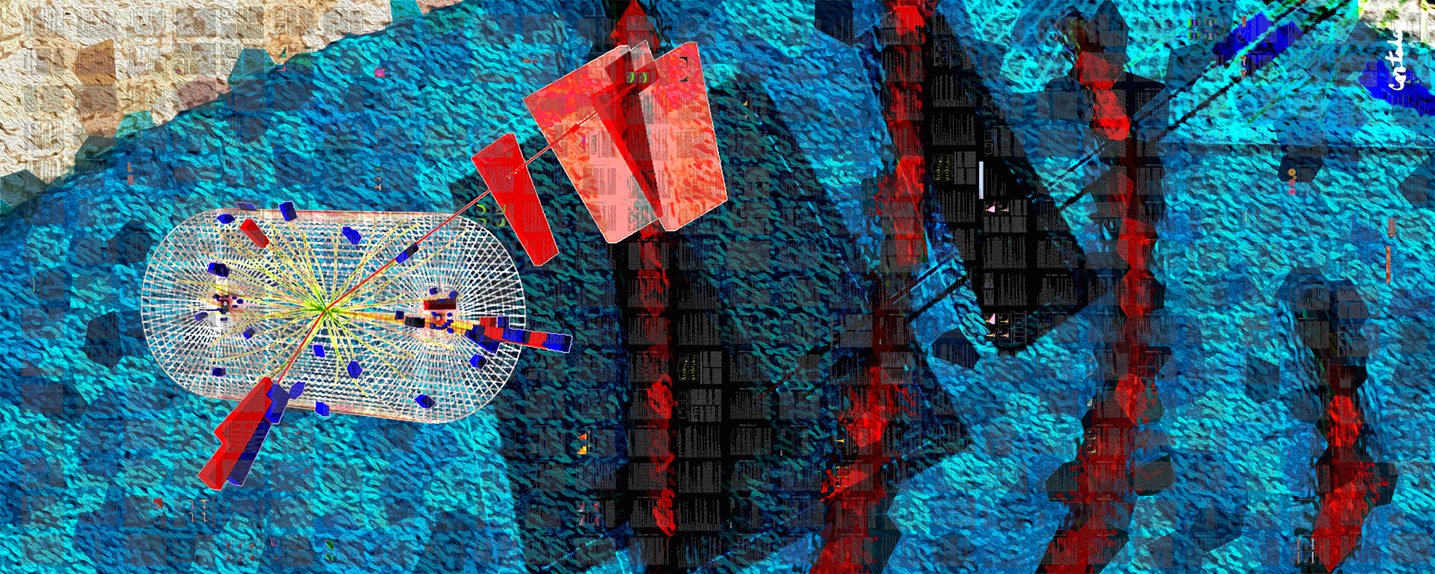
|
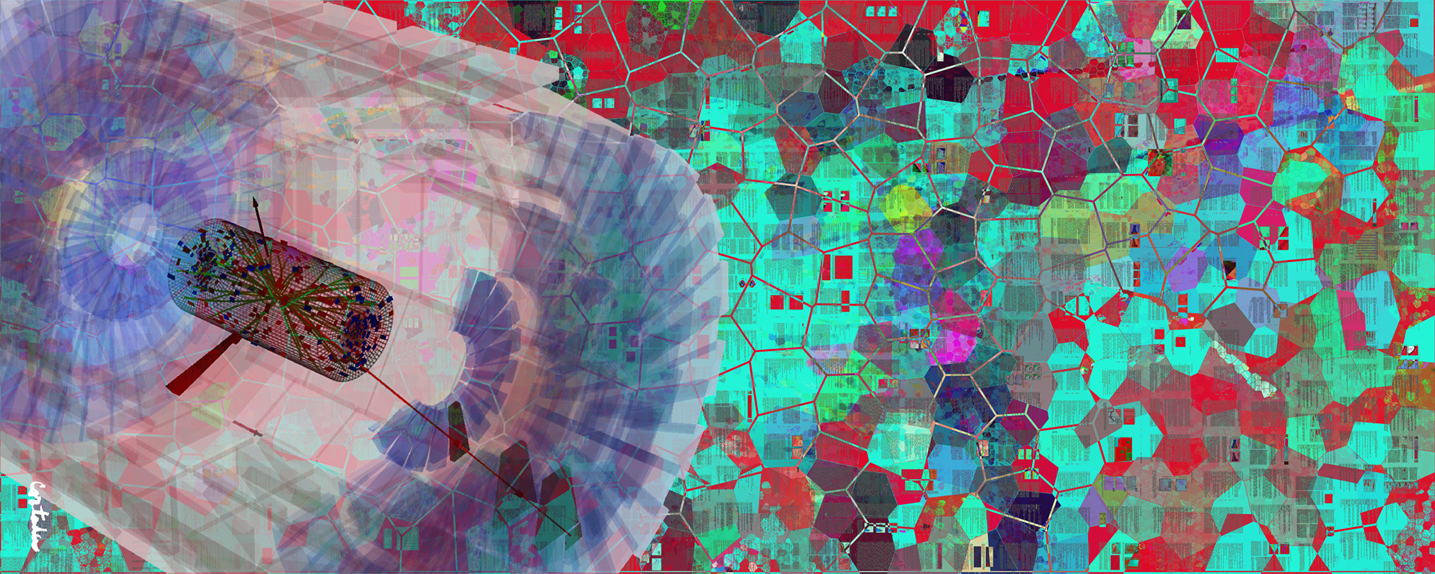
|